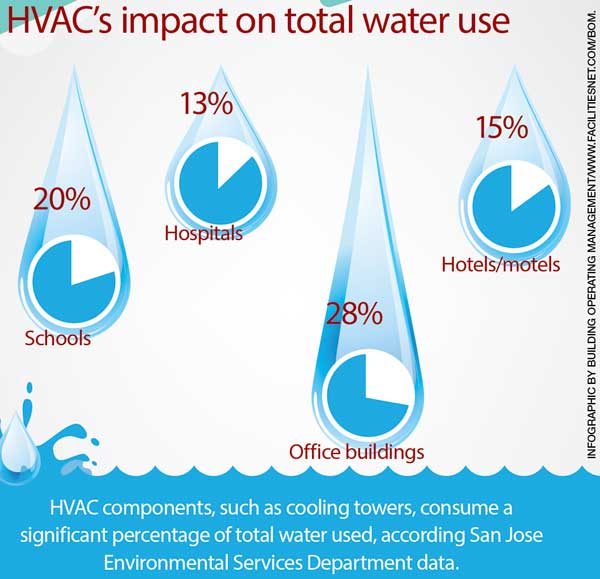Crucial Blunders To Avoid In The Setup Of Heat Pump Equipment
Crucial Blunders To Avoid In The Setup Of Heat Pump Equipment
Blog Article
Material Written By-Harper Sparks
When mounting a heatpump, you have to avoid typical mistakes that could endanger its efficiency. Neglecting correct sizing may cause ineffectiveness and greater energy expenses. Ignoring insulation and securing could lead to energy waste and pressure on the device. Moreover, placing https://besthvaccontractorsmainte10987.topbloghub.com/36813800/fascinated-in-determining-the-best-heatpump-for-your-home-explore-the-elaborate-differences-between-air-source-and-ground-resource-options-to-fulfill-your-home-heating-requires might affect its efficiency. By avoiding these mistakes, you can guarantee optimum functioning and longevity of your heat pump system.
Improper Sizing of Heat Pump
When it involves the installment of heat pumps, among the most usual errors is incorrectly sizing the system for your space. Guaranteeing the right dimension is crucial for optimal efficiency. If the heat pump is too tiny, it will struggle to warmth or cool your area effectively, bring about raised power costs and potential damage on the system.
On the other hand, if the heatpump is as well big, it will cycle on and off regularly, triggering temperature changes and lowering its life-span.
To avoid this mistake, it's necessary to have an expert assess your area and suggest the ideal dimension of the heatpump based upon elements like square video footage, insulation, ceiling elevation, and local environment. By investing the moment and initiative to make certain the proper sizing, you can delight in a comfy setting while optimizing power performance and prolonging the lifespan of your heat pump.
Inadequate Insulation and Sealing
To guarantee the efficient operation of your heat pump, it's crucial to address poor insulation and sealing in your room. Appropriate insulation aids maintain a regular temperature level inside your home, reducing the work on your heatpump. Inadequate insulation can cause energy loss, making your heatpump work harder and much less effectively.
Sealing any type of voids or leaks in your space is just as important. These voids enable conditioned air to get away and outdoor air to seep in, compeling your heatpump to compensate for the temperature level variations.
Incorrect Positioning of Outdoor System
Addressing the positioning of your heatpump's outside system is key to maximizing its efficiency. Mounting the outside unit in a wrong area can bring about performance issues and potential damage to the system.
One common error to prevent is placing the outdoor system also near a wall surface or other frameworks. This can restrict air flow, causing the system to function harder to warmth or cool your space, ultimately reducing its performance and lifespan.
An additional error to steer clear of is putting the exterior device in direct sunshine. While some sunlight is inescapable, excessive direct exposure can result in getting too hot, particularly during warm summer days. https://www.the-sun.com/money/5529216/utility-bills-save-money-how-tips/ to position the outdoor unit in a shaded area to help maintain its optimum operating temperature level.
Furthermore, see to Related Site that the outside device is positioned on a stable and degree surface. Unequal ground can create vibrations and unnecessary strain on the system, impacting its efficiency with time.
Verdict
Finally, avoiding common errors during heat pump setup is important for optimizing effectiveness and longevity of your system. By https://trentonztngb.wssblogs.com/30547286/heat-pump-comparison-locating-the-most-effective-type-for-your-household-needs sizing, sufficient insulation, securing, and proper placement of the outdoor device, you can avoid concerns such as inefficiencies, boosted energy bills, and pressure on the unit. Putting in the time to address these crucial elements will eventually save you money and time over time.
